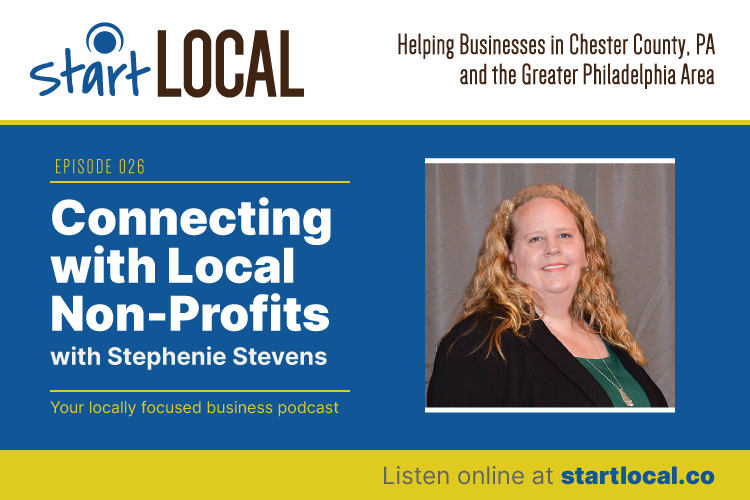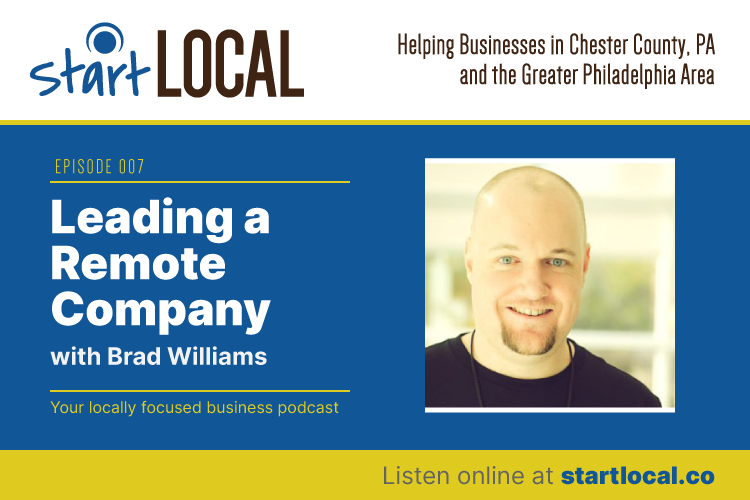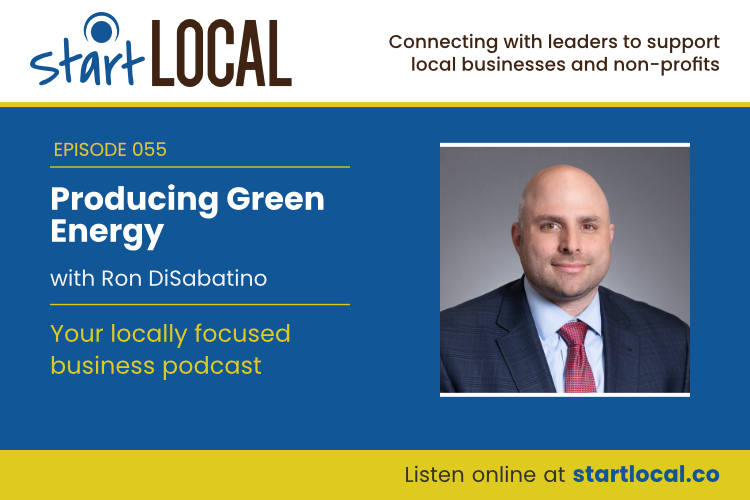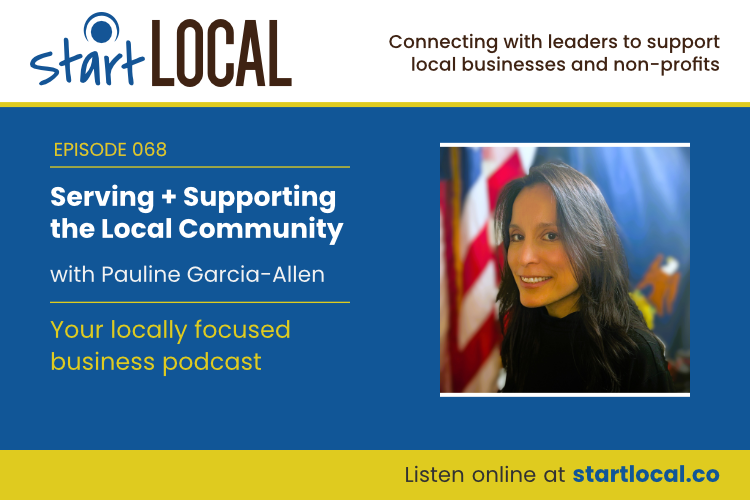
Podcast published: November 20, 2020
While we have focused on businesses in and around Chester County since shortly after the arrival of COVID-19, we know that non-profits in the area have suffered the same challenges and hurdles. To learn what non-profits in Chester County are experiencing, and how those non-profits are pivoting, we spoke with Stephenie D. Stevens, Grants & Outreach Officer with the Chester County Community Foundation.
Links
- The Chester County Community Foundation’s Community Leadership page is designed to provide information/resources on things like COVID-19 and how non-profits are responding: chescocf.org/community-leadership/
- Useful sites for Due Diligence:
- PA Bureau of Charitable Organizations : Search this database to determine if a charity or fundraiser is registered in PA
- Guide Star: Analyze a nonprofit’s financial health using IRS-990 data and accountability information
- Give.org Better Business Bureau Wise Giving Alliance: Monitors and rates charity governance, effectiveness, finances and solicitation, to promote informed giving and charitable integrity nationally
- Chester County Community Foundation
- Phoenixville Health Foundation
- Brandywine Health Foundation
- Organizations mentioned in the show:
Notes
What are non-profits in Chester County experiencing during this COVID-19 economy?
- Many local charities that provide human services are seeing a 30%-50% increase in demand for their respective services.
- Those non-profits that were forced to close – like those in arts and culture – have struggled to re-open successfully because they really on ticket sales for revenue.
- Smaller charities across Chester County have seen a $30 million drop in donations in 2020 over 2019.
- Those small charities expect to take 7 to 8 years to recoup the lost donation revenues.
- Locally, the hardest hit non-profit sector is the arts and culture sector. Those charities have seem their revenue streams cut off or dramatically reduced as they switched to presenting shows and events online.
Do you have examples of nonprofits have successfully pivoted to offer their services and programs in new ways?
- The pandemic has forced non-profits to think outside the box; they have had to connect with their communities in new way.
- The health sector has very quickly adapted tele-health approaches.
- Camp Dreamcatcher, which provides therapeutic and educational programs to HIV/AIDS impacted youth and their families now offers online counseling.
- Camp Dreamcatcher ran its summer camp online and streamed online activities with its animals.
- Non-profits focused on supporting animals have been streaming groups of puppies or kittens playing together.
- Food banks have transitioned to move food distribution outside in more of a flea market sort of way.
- As charities transition away (temporarily) from galas, online events and fundraisers are how charities are working to sustain themselves; however online events generally mean smaller audiences and reduced revenues for charities.
- Like businesses, charities are working hard to create new and diversified revenue streams.
For folks who want to support their local charities, how can they review and vet those nonprofits?
- The most valuable resource for investigating non-profits is online research. Search for the non-profit on Google or DuckDuckGo.
- Websites like Guidestar list, categorize, and review charities based on tax filings and other published documents.
- Visit the charity’s website – charities should be as transparent as possible so look for detailed information about the organization on its own website.
- Local resources like Guidestar include the Chester County Community Foundation, Phoenixville Health Foundation, and Brandywine Health Foundation


